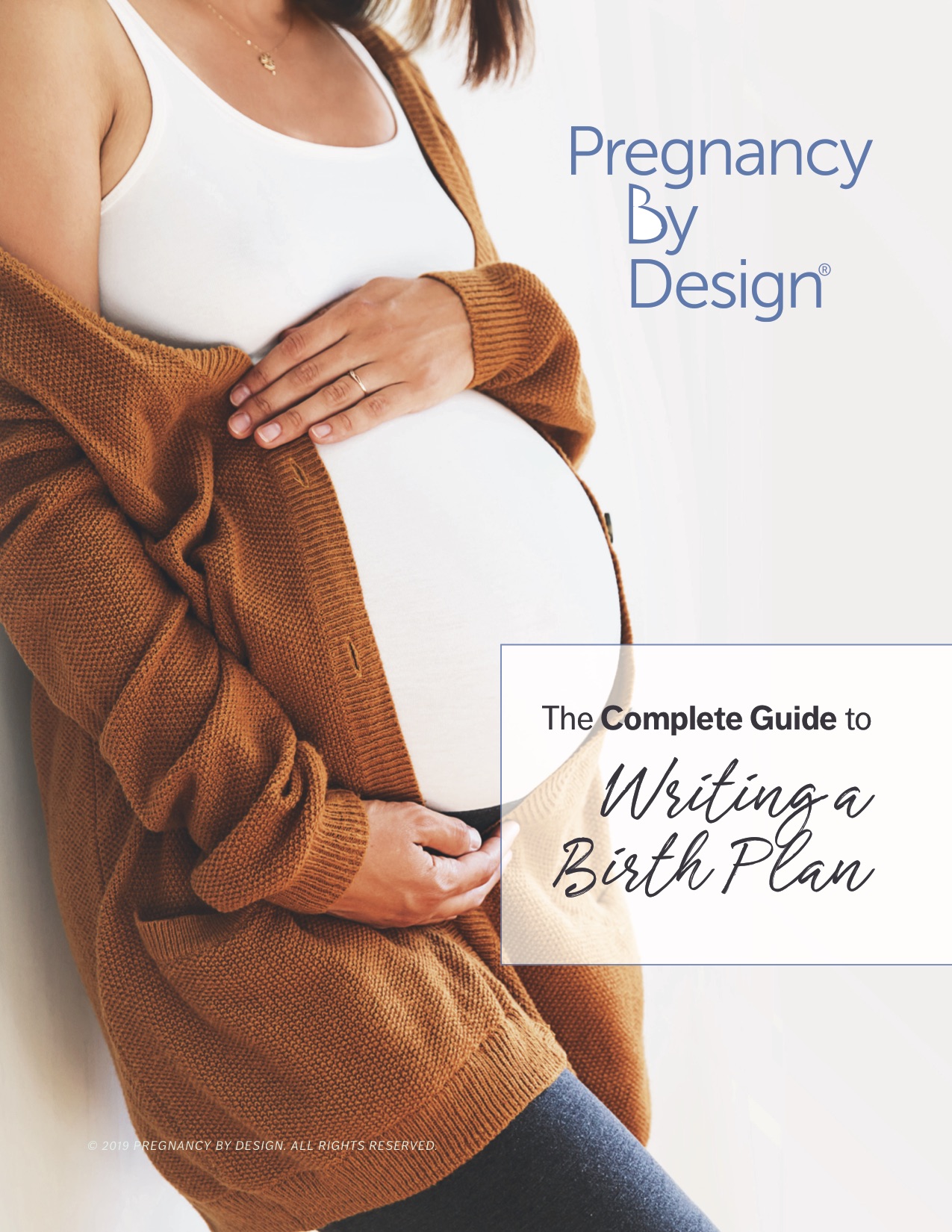Twenty-eight. That’s the amount of visits the average woman will have with her healthcare provider during an uncomplicated pregnancy. Two or three visits is the average amount of times a provider will see a woman after she delivers her baby. These numbers would make sense if there was no such thing as prolapse, perineal trauma, diastasis recti, dyspareunia, and scar tissue from episiotomies and cesarean deliveries. Unfortunately the above list includes some pretty common injuries that occur during childbirth.
Thankfully society is beginning to acknowledge the fact that child-rearing is hard work and that calling in reinforcements is acceptable and often necessary. Huge shout out to midwives, OB/GYNs, doulas, and chiropractors for all that you do to care for women during pregnancy. I think I can make a strong case, however, that we do not offer women enough support during their postpartum recovery. We can do better and I hope that Women’s Health Physical Therapists can be part of that initiative.
The inner-workings of the musculoskeletal system is a Women’s Health Physical Therapist’s specialty. Many of us also have additional training in obstetrics and/or pelvic health that allows us to specialize in how to assess the pelvic floor’s function as well as the specific changes that occur to the female body during and after pregnancy.
As healthcare providers, I’m sure you’ve been asked questions about exercise, incontinence, back pain, intercourse, and non-surgical options for prolapse. Unfortunately, I’m hearing many moms say that their providers aren’t giving them much guidance on these topics, and I’m not surprised. If a patient came into my office expecting me to deliver her baby for her, I would be calling in reinforcements because I know almost nothing about delivering a baby. My hope as a Physical Therapist is that providers such as midwives and OB-GYNs would be willing to call me in as reinforcement when women come to them with musculoskeletal questions and concerns.
The following are my answers as a Physical Therapist to questions commonly asked by moms after they have their babies.
Should moms wait to exercise until their 6 week postpartum follow-up appointment with their Ob-Gyn or midwife?
Who knows exercise better than Physical Therapists? Women look in all sorts of places for exercise advice including facebook groups and mommy blogs, but is it reliable? As experts in movement, we can give safe recommendations on this topic because of our training. Women need a strong foundation of core and pelvic floor muscles in order to progress effectively when cleared for exercise by their provider at the 6 week postpartum appointment. Even after this appointment, it is wise to progress SLOWLY back into the exercises they know and love. We can all agree that nothing magical happens after 6 weeks of rest that suddenly allows a woman’s body to jump back into her Zumba classes. Women need to be educated on breathing, body mechanics, and safe progressions, and that’s where we come in.
Is it normal for sex to be painful after having a baby?
Pain with intercourse or dyspareunia is common after childbirth; however, not normal. If it’s been months or even years since a woman has had her baby and she is still experiencing pain with sex, the pain is probably not going to go away without treatment. A study from 2015 found that at 6 months postpartum 94% of women had started having intercourse again, but 43% of them were still experiencing pain (McDonald, Gartland, Small, Brown 2015). Scar tissue, muscle tightness, and birth trauma are a few common causes of pain with sex. Women’s Health or Pelvic Health Physical Therapists can guide women through the recovery process by teaching pelvic floor relaxation and stretching, using manual techniques, and educating on the use of tools like dilators and wands to reach their goals through home exercise programs.
How do women repair diastasis recti?
Physical Therapists and researchers are constantly asking this question as we look for the best way to address diastasis recti. This common finding in women during and after pregnancy can often be closed with education and exercise. When a woman’s goal is to close the gap, we start with education on breathing and deep core activation and end with safe progressions back to the workouts she enjoys most by incorporating the basics into every single exercise and activity she does. As Physical Therapists, we can apply the fundamentals that we have learned regarding exercise and core strength and apply it to the goals of a mom.
I was told I have prolapse, what should I do?
A study completed in 2000 found that upwards of 90% of women have some form of prolapse during their lifespan (Swift, 2000). While some women report common symptoms such as heaviness, bulging of the vagina, or a falling out feeling, some women don’t have any symptoms at all post-pregnancy. Often symptoms don’t show up until women get older. Depending on the stage of the prolapse and severity of the symptoms, kegels may not be the only non-surgical option for women that want help managing their prolapse. Physical Therapists can educate on symptom relief positions, ways to strengthen the pelvic floor beyond kegels, and provide guidance regarding sustainable exercise regimens that will allow them to meet their fitness goals while protecting their pelvic floors.
I think we can all agree that a woman’s body is forever changed after giving birth, but women shouldn’t feel like they’re left with a body that is broken. Physical Therapists want to give women tools and strategies that keep them strong so they can participate in activities that make them healthy and happy inside and out! We are not serving moms well if we allow them to believe that they “pee when they sneeze” BECAUSE they had a baby, it’s “normal for sex to hurt” BECAUSE they had a baby, or “vaginal heaviness” is indefinite BECAUSE they had a baby. These things do happen after we’ve had babies, but they shouldn’t be considered normal or inevitable.
Physical Therapists are happy to help women during their hospitalization, at an outpatient clinic, or even in their own homes! Sadly, it isn’t standard for Physical Therapists to be included in postpartum care in the United States, but we believe that it should be.
As a Physical Therapist, I believe that knowledge is power, and I hope that this information empowers you to feel comfortable talking to your patients about how Physical Therapy could benefit them in the postpartum. Moms do incredible things and they deserve to have the resources they need to live their best life.
Please reach out if you would like more information about including our Postpartum Recovery programs into your practice.
McDonald, E. A., Gartland, D., Small, R., & Brown, S. J. (2015). Dyspareunia and childbirth: A prospective cohort study. British Journal of Obstetrics & Gynaecology, 122(5), 672-679.
Swift SE. The distribution of pelvic organ support in a population of female subjects seen for routine gynecologic health care. Am J Obstet Gynecol. 2000;183(2):277‐285. doi:10.1067/mob.2000.107583
Free Video Guide on Creating Your Birth Plan!
The Complete Guide to Writing Your Birth Plan is a step by step walk-through of the most important aspects of creating an effective birth plan. The guide covers everything you need to know from interviewing a provider, comfort measures and additional 1-page birth plan to talk over with your provider. Get free access today!














 What is a Breech Baby & What to do When Your Baby is Breech
What is a Breech Baby & What to do When Your Baby is Breech